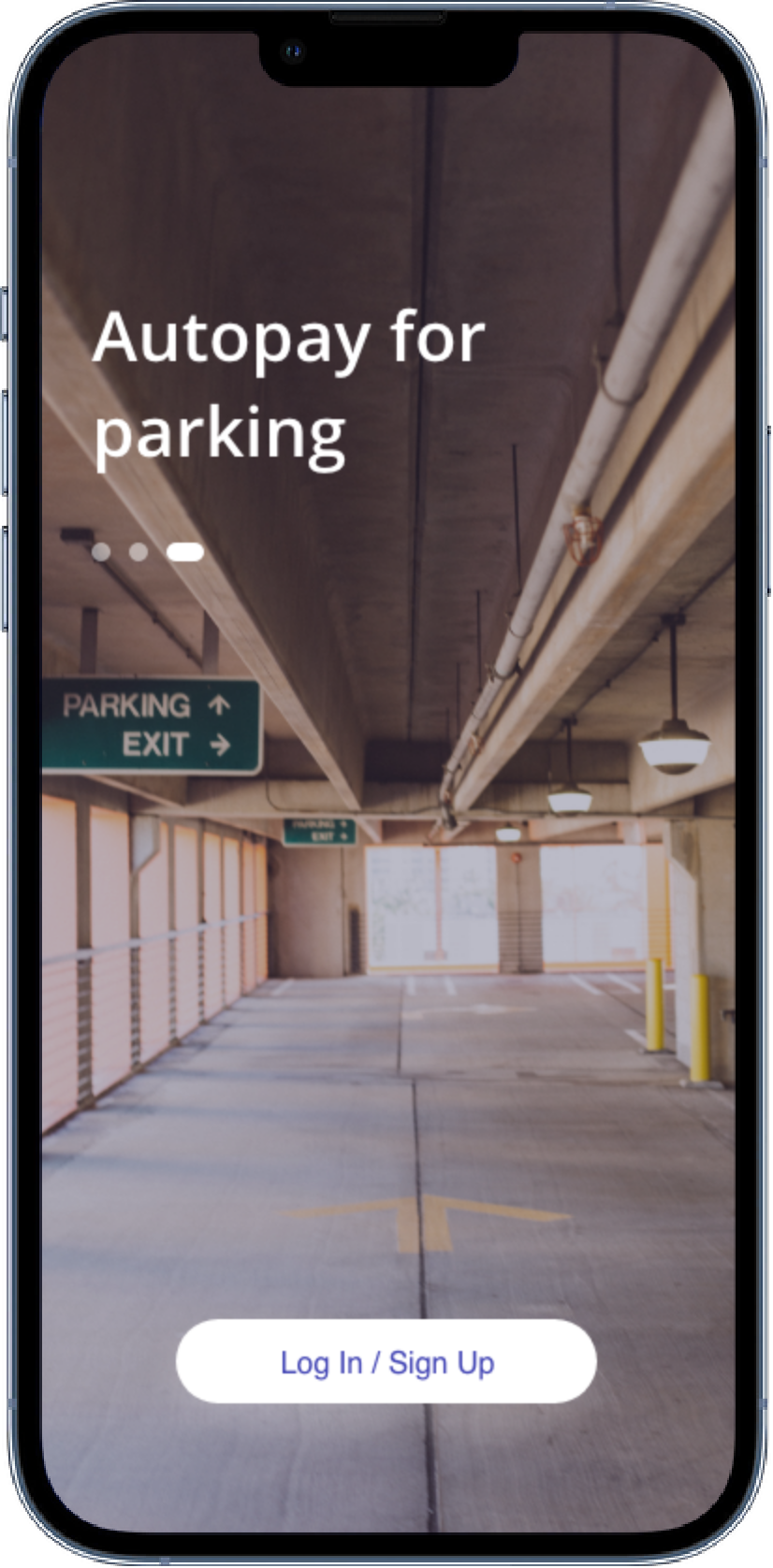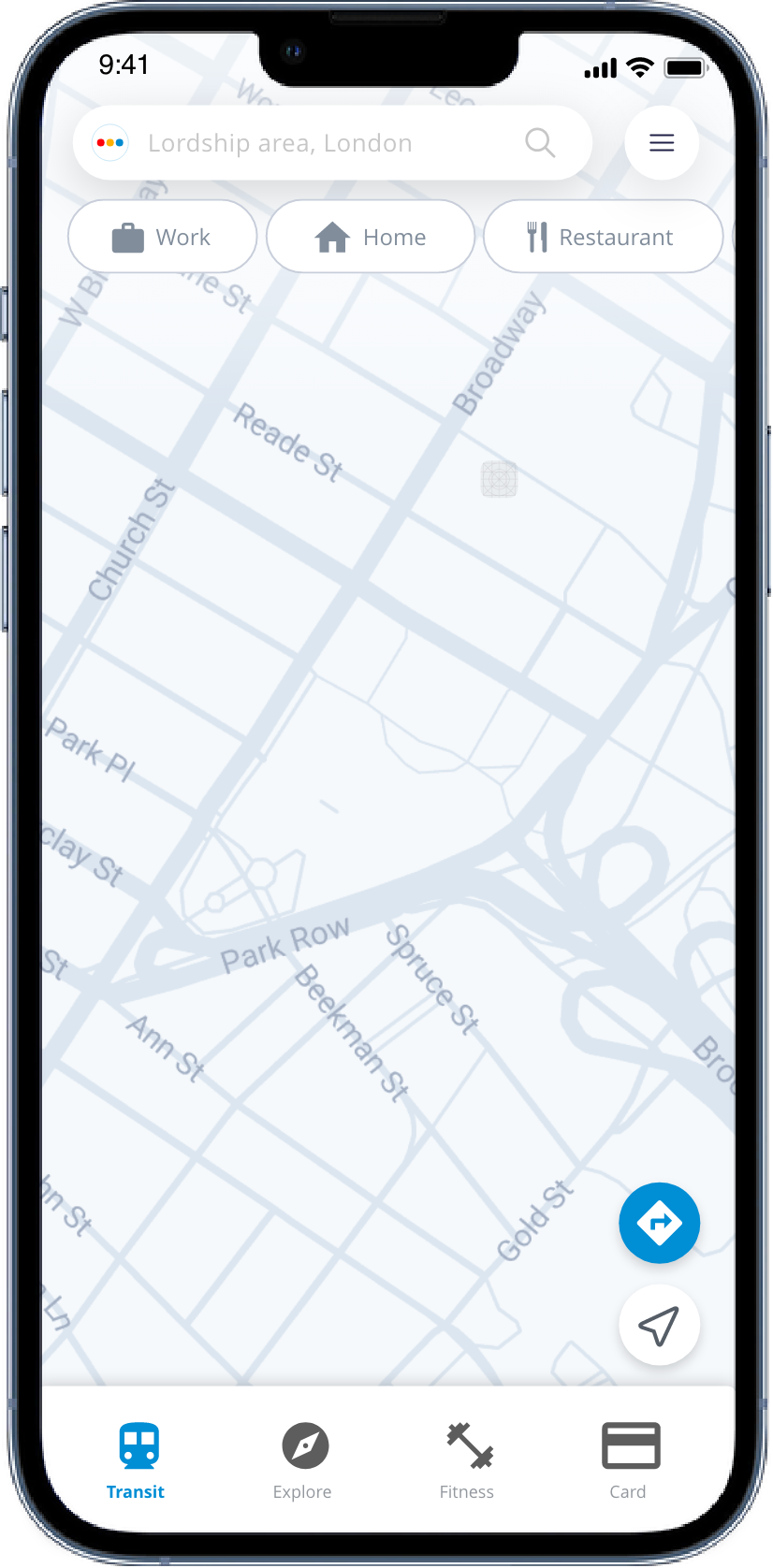top of page

INTRODUCTION & CONTEXT
Problem Statement
"How might we empower and enable users to use their location data to better fulfil their life needs?"
Context
Navigation applications have evolved from simple route-finding tools into sophisticated platforms that collect vast amounts of user location data. Despite this wealth of information, most users cannot leverage their own data to gain meaningful insights about their habits, patterns, and opportunities.
The challenge lies in transforming raw location data into actionable intelligence that helps users make better decisions about navigation, time management, fitness goals, and daily planning—creating a truly human-centered navigation experience.
Discover
Understanding user needs through research and analysis
DOUBLE DIAMOND PROCESS

Primary Research
7 in-depth user interviews uncovered key insights and pain points:
Time Management
Users want to understand time spent at locations to optimize their routines.
Data Visualization
Users need intuitive visual representations of their location data.
Contextual Awareness
Navigation should adapt based on time of day, day of week, and user habits.
Personalization
One-size-fits-all approaches fail to meet individual user needs and preferences.
Discovery
People want recommendations based on their actual behavior, not just popular places.
Secondary Research
Analysis of existing navigation apps revealed critical gaps in how location data is presented to users:
Information Overload
Users are overwhelmed by excessive data points without clear prioritization or relevance filtering.
Poor Grouping
Location histories lack meaningful categorization, making it difficult to identify patterns.
Inconsistent Predictions
Route suggestions fail to account for historical user behavior and preferences.
Define
Synthesizing research into actionable insights
DOUBLE DIAMOND PROCESS
AS-IS Journey Map
Discovery
ACTIONS
Later realizes better route or nearby place existed
THOUGHTS
"I wish I had known about this"
Disappointed
PAIN POINTS
Missed opportunities, no learning from history
Arriving
ACTIONS
Reaches destination, closes app
THOUGHTS
"That took longer than expected"
Relieved but annoyed
PAIN POINTS
No post-trip insights or time analysis
Navigating
ACTIONS
Follows route, encounters unexpected traffic
THOUGHTS
"Why wasn't I warned about this?"
Frustrated
PAIN POINTS
Poor traffic predictions, no alternative suggestions
Planning
ACTIONS
Opens navigation app, searches destination
THOUGHTS
"Hope traffic isn't bad today"
Neutral → Slightly anxious
PAIN POINTS
No personalized recommendations, same routes suggested
Stakeholder Personas & Empathy Maps






TO-BE Journey Map
Envisioned Experience
Continuous Discovery
ACTIONS
App highlights nearby places based on interests
THOUGHTS
"I should try this place on my next visit"
Excited
IMPROVEMENTS
Personalized recommendations, pattern recognition
Insightful Arrival
ACTIONS
Receives post-trip analytics and suggestions
THOUGHTS
"Interesting - I can optimize this next time"
Informed and empowered
IMPROVEMENTS
Data visualization, actionable insights
Adaptive Navigation
ACTIONS
Real-time adjustments, proactive traffic alerts
THOUGHTS
"Great, I'm avoiding traffic automatically"
Relieved
IMPROVEMENTS
Contextual awareness, intelligent rerouting
Smart Planning
ACTIONS
App suggests personalized route based on history
THOUGHTS
"This route considers my preferences!"
Confident → Pleased
IMPROVEMENTS
Predictive routing, historical learning
Ideation & Prioritization
Through collaborative ideation sessions, we generated multiple solutions and prioritized them based on user impact and implementation effort.
Smart Route Learning
AI learns user preferences and suggests personalized routes
IMPACT
High
EFFORT
Medium
Location Cards
Visual summaries of frequently visited places
IMPACT
High
EFFORT
Low
Fitness Integration
Automatic activity tracking from location data
IMPACT
Medium
EFFORT
Medium
Time Analytics
Insights into time spent at different locations
IMPACT
Medium
EFFORT
Low
Contextual Notifications
Smart alerts based on patterns and context
IMPACT
Medium
EFFORT
High
Social Sharing
Share favorite routes and places
IMPACT
Low
EFFORT
Medium
How Might We...
...transform location data from a passive record into an intelligent assistant that helps users optimize their routines, discover opportunities, and achieve their goals?
Concept Development


Core Features
Navigation
Smart routing based on historical patterns and real-time context
Explore
Personalized discovery of new places based on user behavior
Fitness
Automatic tracking of movement and exercise activities
Card
Visual summaries of frequently visited locations
Utilization
Insights into time allocation and location patterns
Notifications
Contextual alerts and suggestions based on routines
DOUBLE DIAMOND PROCESS
Develop
Conceptualising solutions through ideation
Deliver
Finalizing designs through testing and validation
DOUBLE DIAMOND PROCESS
High-Fidelity Designs



Onboarding
These onboarding screens introduce Fractal Maps’ key features and appear only before users log in or sign up.



Log In & Notifications
Users can log in via email, Facebook, or Google. Notifications include daily routes to frequent spots and nearby dining suggestions while traveling.



Navigation
Users set Work and Home; nearby spots appear automatically. Directions adapt intelligently, suggesting frequent stops or the fastest route.


The navigation screen shows traffic via coloured routes. Pulling up the lower bar reveals destination details, images, reviews, contact info—and suggests similar nearby places.



Explore
The Explore section offers local suggestions by category, with place details and city guides for trip planning.



The dropdown includes Explore, Travel Journal, auto-created via geolocation for adding notes and photos, shareable or personal, Wishlist of saved places, and a list of visited spots.



Fitness
The Fitness section displays total and indoor steps with distance covered. Graphs visualise daily goals, weekly summaries, and detailed step statistics.


Utilisation
The Utilization section provides time allocation analytics, showing where users spend most of their day with visual stats and filters for daily to monthly insights.

Card
The Card section handles payments for tolls, parking, and scheduled deliveries. Users can set limits, automate orders like coffee on arrival, and review statements.

Hamburger Menu
The Sidebar provides quick access to key features, including Parental Control for family location tracking and Devices for managing tags and smart home connections.
Usability Testing Insights


Areas for Improvement
Initial onboarding felt too lengthy for some users
Some notifications were perceived as intrusive
Advanced analytics needed clearer explanations
What Worked
Users found the location cards intuitive and valuable
Fitness tracking integration was seamless and appreciated
Visual data representations were clear and actionable
Privacy controls provided necessary transparency
85%
Task Completion Rate
12
Participants Tested
8/10
Average Usability Score
CONCLUSION
Thank you for exploring this case study
Interested in seeing more of my work? Let's connect and discuss how human-centered design can solve complex problems.
Explore More Case Studies
Key Learnings
Trust Through Transparency
Users are willing to share location data when they understand its value and have control over its usage. Clear privacy controls are essential for building trust.
Progressive Disclosure
Complex data should be revealed gradually. Users appreciate simple visualizations first, with the option to dive deeper when needed.
Context is Everything
The same location data means different things to different users. Personalization and contextual awareness are critical for creating meaningful experiences.
Project Impact
3
Design Iterations
8
User Interviews Conducted
6
Core Features Designed
Transforming Data into Intelligence
Fractal Maps demonstrates how navigation applications can evolve from mere wayfinding tools into intelligent companions that empower users to understand, plan, and optimize their lives through location data.
By prioritizing human-centered design principles and leveraging longitudinal data insights, we created a system that respects user privacy while delivering meaningful value—transforming passive tracking into active empowerment.
bottom of page
